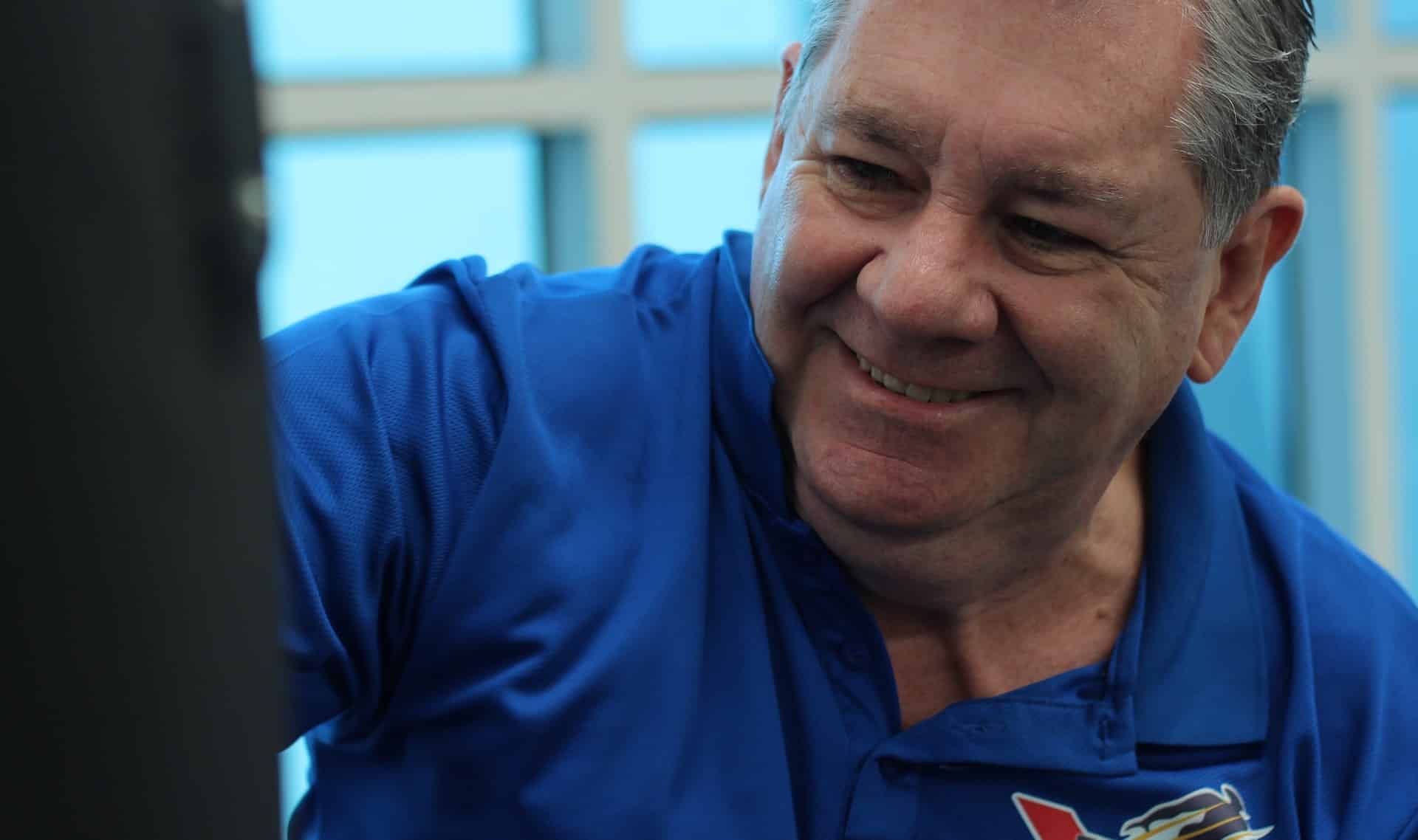Getting Partial Dentures? Here’s What You Need to Know:
Dentures, full or partial, can generate apprehension on the part of the patient. However if it’s what your doctor recommended, it’s probably the best option for you. Recipients who are new to the world of dentures often don’t know what to expect after they get their dentures. Partial dentures, at first, are just as mysterious as full dentures from an uncertainty perspective. Learn more about what to expect, how they work, what they are and how to care for your new dentures.
What Is a Partial Denture?
According to mouthhealthy.org, partial dentures typically, are removable, but in rare cases, they may be affixed to your gums. Partial dentures “consist of replacement teeth attached to pink or gum-colored plastic bases.” Partial dentures have come a long way in terms of how believable they are and tour dentist will design the partial denture depending on the color of your teeth and your particular needs. Partial dentures may have one of two types of framework, one is metal frames with clasps that attach to your teeth. The other tooth connectors that are more natural looking. Removable partial dentures attach to your natural teeth with “precision attachments” that help to keep them in place.
Eating with Partial Dentures
Eating becomes a pleasant experience when you have properly fitted partial dentures. When they are new, you should begin with soft foods cut into small pieces. You should chew food on both sides of your mouth to maintain equal pressure on both sides of your mouth and the new partial dentures.
Don’t be tempted by foods that are very stick or extremely hard. They can wreak havoc on partial dentures.
What You Can Expect with New Partial Dentures
Here are some things for you to consider, whether you are a “rookie” or a “veteran” of partial denture use.
At first, your new partial denture will feel uncomfortable and/or bulky.
Don’t worry, this is normal with everyone. In a short time, you’ll become comfortable with your new partial denture.
You should practice putting in and removing your new partial denture.
Like an Olympic athlete (or most young T-ball players), practice, practice, practice. Soon you’ll be able to pop in and remove your partial denture easily.
Follow your dentist’s instructions diligently until your partial denture fits comfortably in place easily.
While it’s tempting to believe you know how to manage your partial denture, following your dentist’s instructions will smooth the transition to your new smile and eating ability.
At the beginning, your dentist may tell you to wear your new partial denture all the time to get used to it in your mouth.
After your mouth is comfortable with the new appliance, you could remove your denture when going to bed, but many dentists instruct patients to wear their new dentures constantly to speed the comfortability process.
How to Care for Dentures
Dentures often can be rather fragile. When you’re cleaning your dentures, do so over a towel or sink filled with water to protect them if you drop the appliance. Brush them regularly to remove food residue and prevent your partial dentures from permanent stains. Note: Use a brush designed to clean dentures safely.
How to Clean Dentures
You can use hand soap or milder dishwashing liquid to clean your dentures. Regular toothpaste or other household cleaners are overly abrasive to use with dentures. Note: Keep your partial dentures moist to keep their shape. When out of your mouth (nighttime sleep, at a minimum), place dentures in water to ensure they maintain their shape.
Cost of Partial Dentures
The cost of these appliance varies greatly from low-end (a few hundred dollars) up to $5,000 for high-quality dentures. This difference is driven by the quality of the dentures and how extensive the appliance may be. Medicare is no help in this area, but, if you qualify for Medicaid, you may receive some financial assistance.

